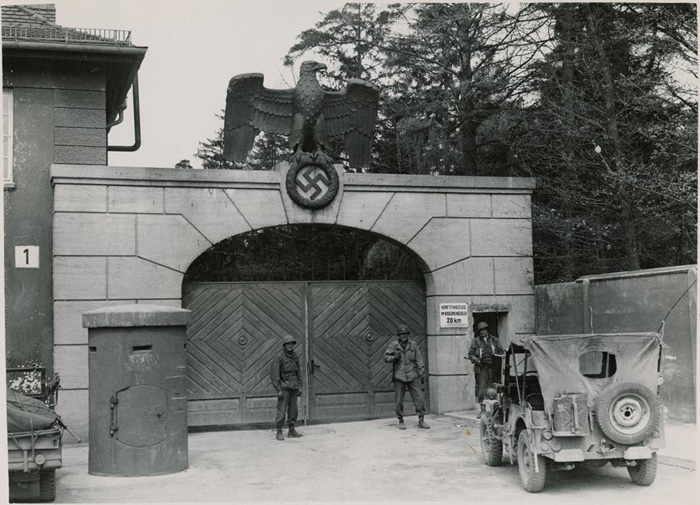Texas Liberators Project
The Second World War officially began on September 2, 1939. However, for the United States, it began with the bombing of Pearl Harbor on December 7, 1941. With great haste following the attack, the United States managed to draft a military of more than two million strong by year’s end to fight the two-front war the country would face in Europe and the Pacific.
Immediately, troops were sent to training camps, and these young men found themselves invading North Africa by late 1942, landing in Italy in late 1943, and opening the western front on the shores of Normandy in France on D-Day in mid-1944. Fighting their way across France, the Allied soldiers pushed the German troops back. The Nazis attempted one last desperate offensive in December, 1944, in the Battle of the Bulge. This battle resulted in enormous U.S. losses with more than 100,000 casualties; however, the U.S. troops proved too much for the exhausted German army, and soon American troops found themselves in Germany in the first part of 1945. Swiftly moving across Germany with the Russians closing in on Berlin in the north, U.S. forces moved south, coming face-to-face with the Final Solution in April, 1945.
Even the most hardened combat troops were horrified by the inhumane conditions they discovered as they liberated the concentration camps. For many of these men, even as they freed the few Jewish people who had survived imprisonment in the labor and death camps, they were trapped in the memories of “man’s [greatest] inhumanity to man,” and were exposed to the very worst of the cruelties of war, fascism, racism, and xenophobia. With the war over, U.S. troops worked with the Displaced Person’s camps helping to relocate people, many of whom no longer had family, community, home, or country.
This website
This website serves as a portal from the app created by Texas Tech University and commissioned by the Texas Holocaust and Genocide Commission for teachers, students, and others who would like to learn more about the Liberation of the camps, the experiences of the Texas Liberators, and how to engage more deeply with the history of the Holocaust, the narratives of the Second World War, and the understandings of war and society. Along with educational resources, bibliographies, filmographies, links to museums, libraries, and archives, this website also provides more information about the Texas Liberators who inspired this project and the Jewish people whose lives were forever changed by the Holocaust.
